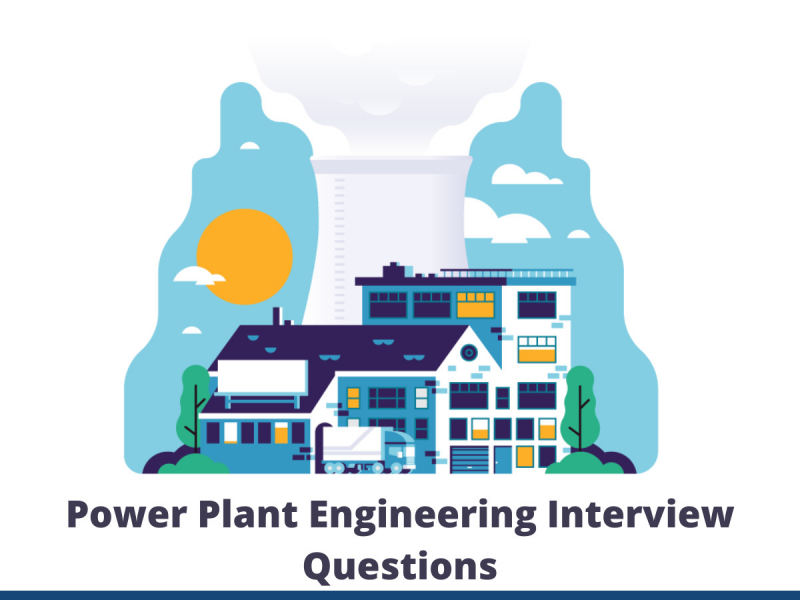Practice Best Power Plant Engineering Interview Questions
Practice Top Power Plant Engineering Interview Questions and Answers that are very important & useful for the prepartion of Power Plant Engineering Exam or Interview. Apart from this, you can also download Power Plant Engineering Interview Questions PDF, completly free.

